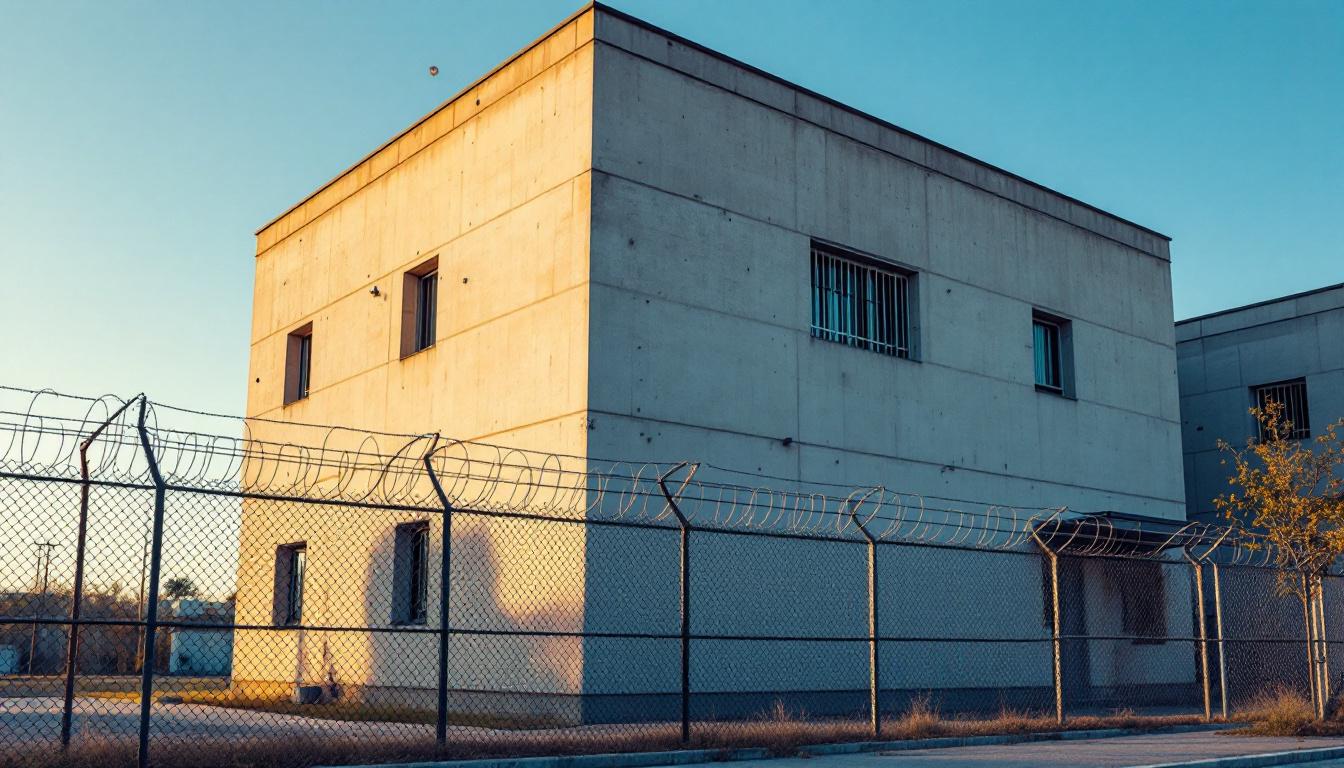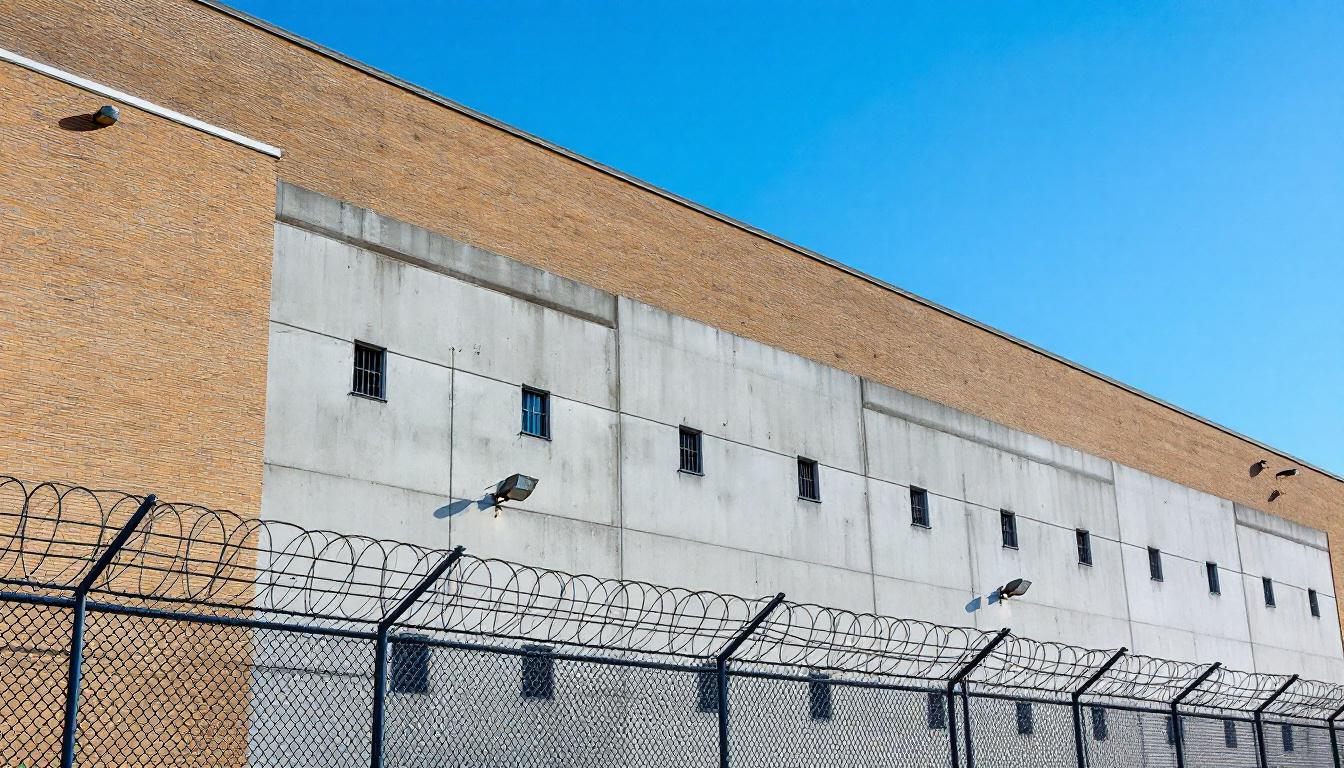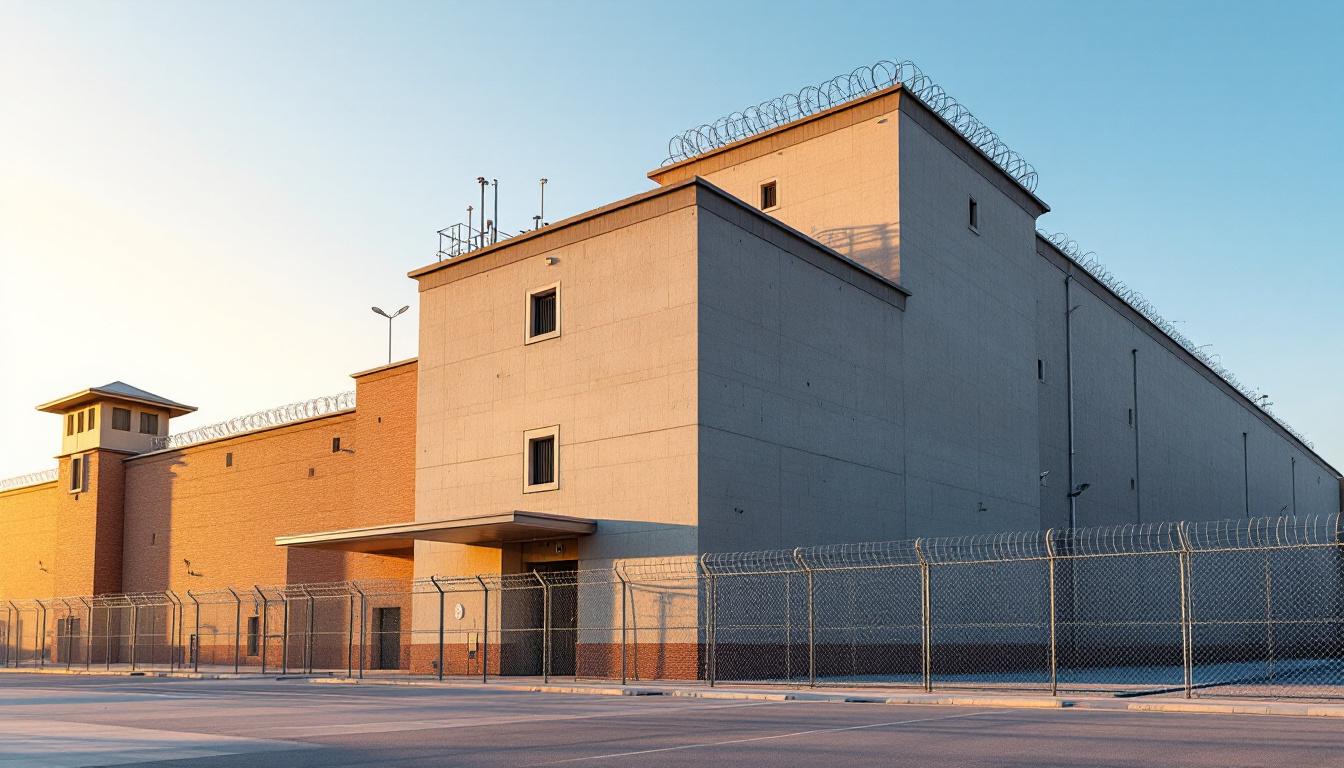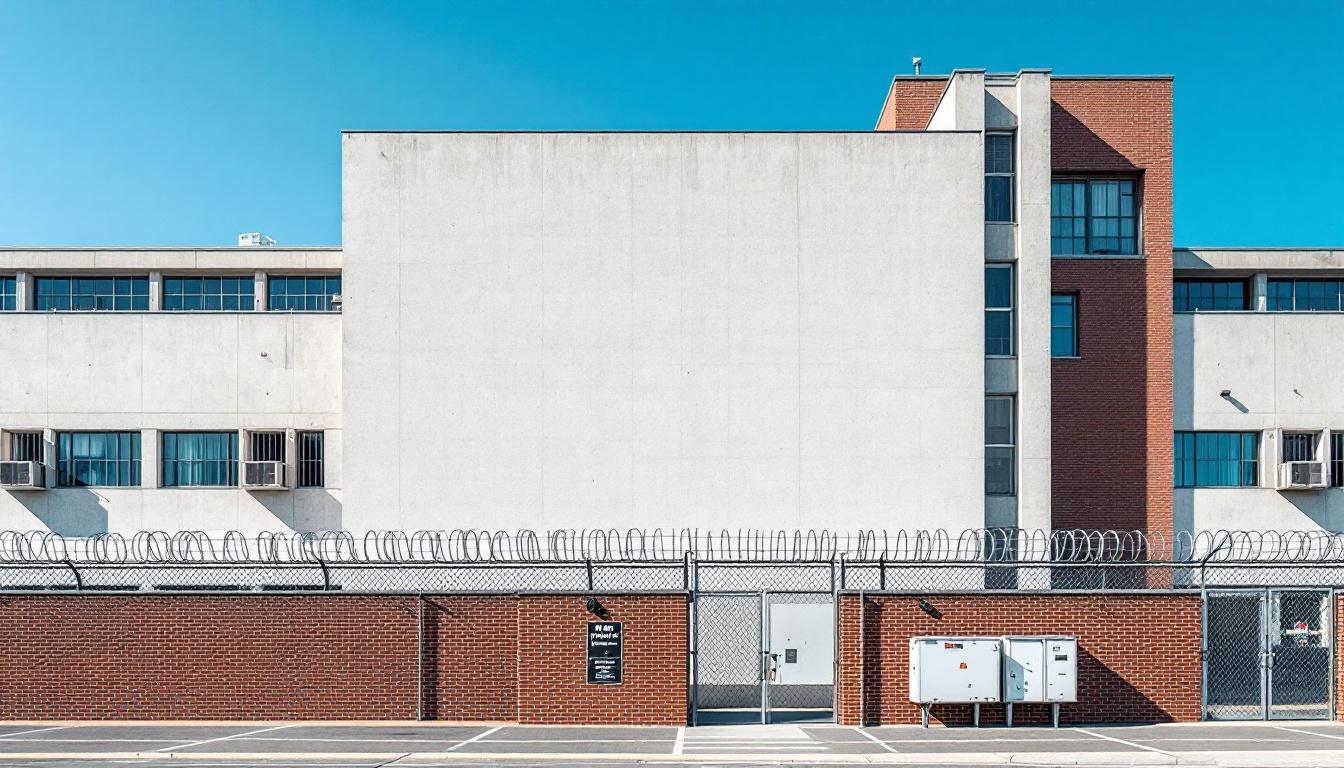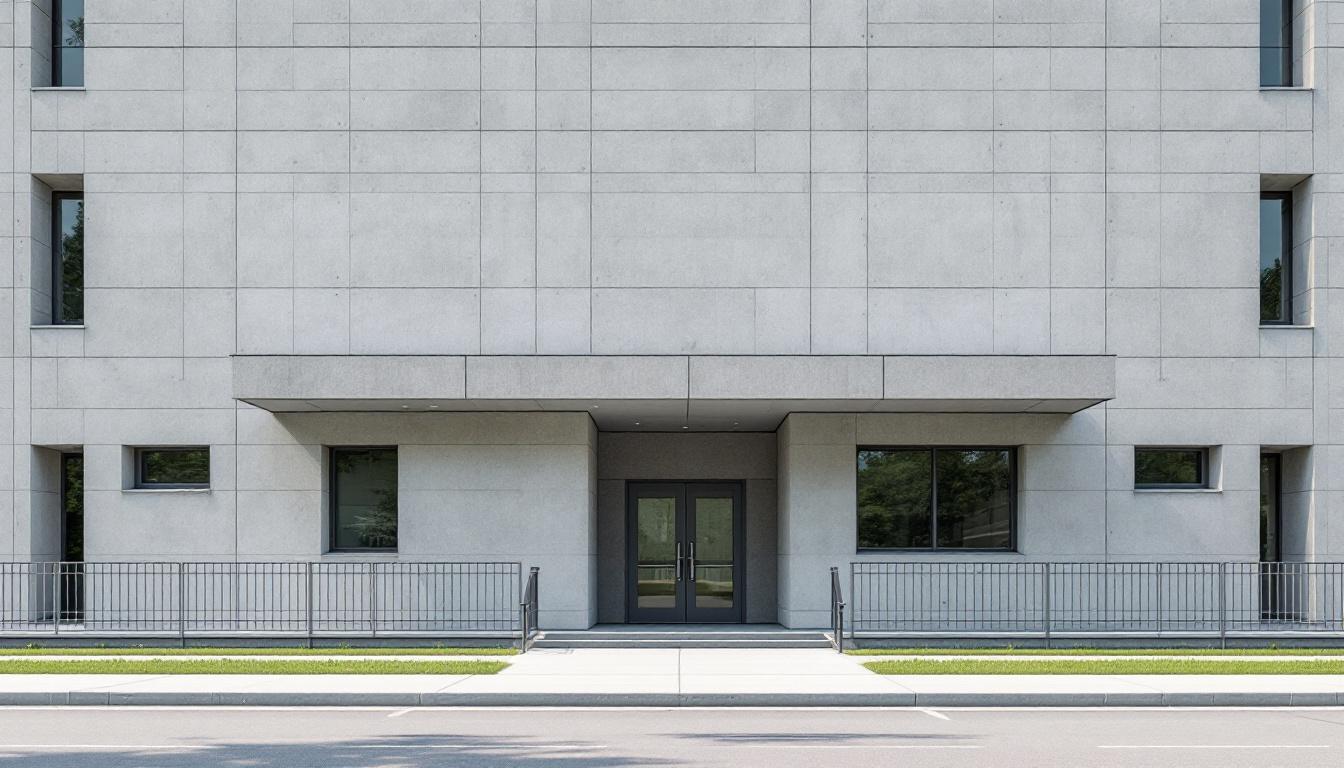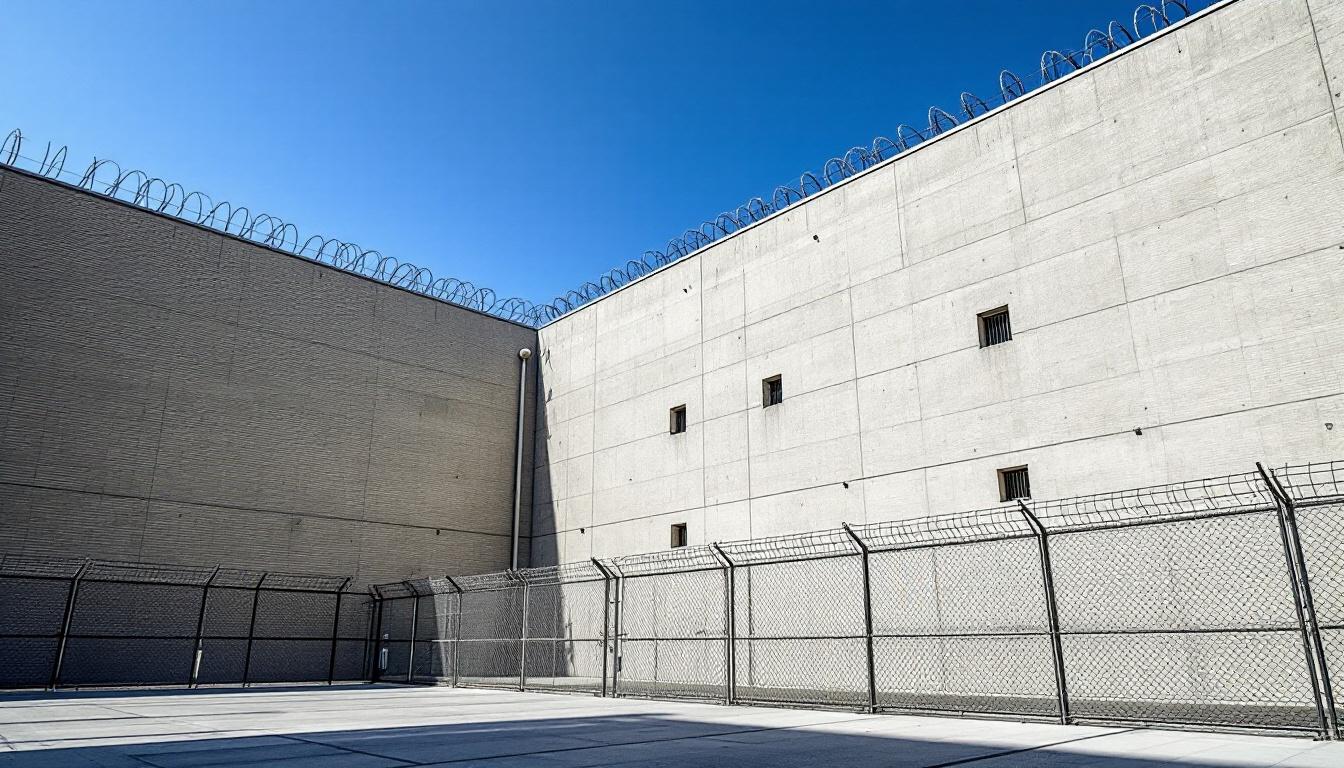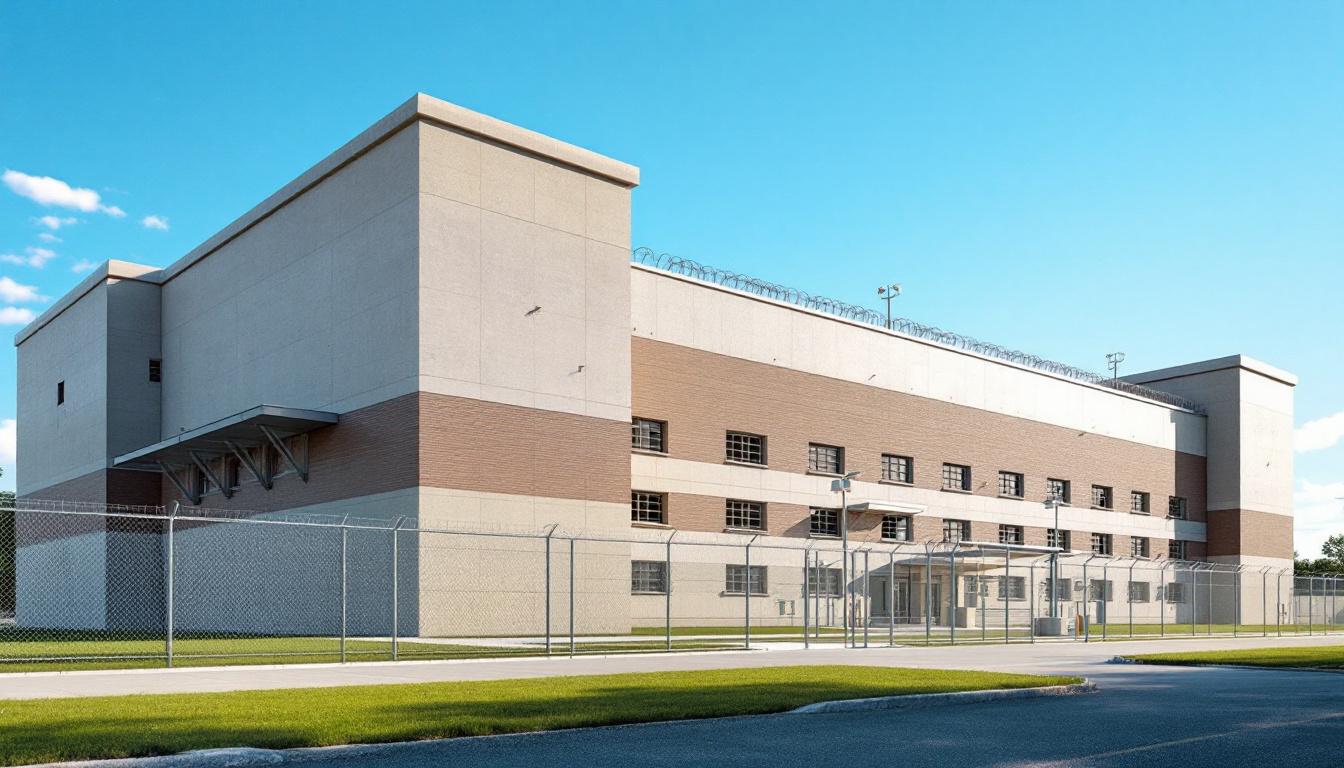
Quick Navigation
How to contact an inmate at Montana Women's Prison
This comprehensive guide will walk you through how to connect with an inmate at Montana Women's Prison. Follow the steps below to find an inmate and send letters and photos:
- Search for the inmate using our search tool below
- Create your account or log in to Penmate
- Write your message (up to 6,000 characters)
- Send instantly - inmates receive printed copies daily
Find an Inmate
Search for an inmate to start communicating today
Tip: You can search by first name, last name, or inmate ID number
To contact a person at Montana Women's Prison start by searching for the person on the official facility website. Perform a search by following these steps:
- Step 1: Enter their first name and last name into the search form and click "Search"
- Step 2: Locate their inmate record
- Step 3: Write down their Inmate ID and any housing information provided
Important! Be sure to enter the person's full name. Nicknames should not be used.
How to Send Messages to Inmates

You can use your phone or computer to send emails, letters, and photos to an inmate. Messages are sent electronically to inmate tablets or kiosks at the facility. If you would like to send a message, start by searching for an inmate at Montana Women's Prison.
Sending Photos and Postcards

A great way to send love and support to a loved one at Montana Women's Prison is to send photos and postcards. It only takes a few minutes to send photos from your phone and it makes a huge difference. You can also mail postcards with words of support and inspiration, or design your own postcard for special moments like birthdays and holidays.
Important! Be sure not to send any explicit photos or they may not be approved by the facility. You can also use a photo printing app like Penmate to make sure your photos are printed at the correct size (4x6 or 3x5) and are mailed according to the rules and regulations of Montana Women's Prison.
Frequently asked questions about Montana Women's Prison
-
How long does it take to deliver a message?
If you're sending an email message your letter is usually delivered within 24-48 hours. For messages sent via mail you should expect delivery within 3-7 days. All messages will need be approved by Montana Women's Prison.
-
How much does it cost to send a message to Montana Women's Prison?
You can send a message free using your phone or mail a message via USPS for the price of a $0.60 stamp and envelope. You can also purchase credits or e-stamps from services starting at $1.99.
-
What services can I use to contact an inmate at Montana Women's Prison?
Penmate
You can use Penmate to send letters and photos to an inmate from your phone. It's an easy way to stay in touch during your loved one's incarceration. Use the inmate locator to find an inmate's location and contact information, then you can send messages within a few minutes.
Securus messaging
Securus may be another option for communicating with an inmate at Montana Women's Prison. You can create a friends and family account and purchase credits to send messages. All messages will be reviewed and must be approved by the facility.
JPay
Some county jails and state prisons may support sending messages with JPay. You must register an account with the system, find your loved one, and purchase stamps to send messages. For some locations you can also attach photos.
Smart Jail Mail
You may also check if Smart Jail Mail is available at Montana Women's Prison. Smart Jail Mail is operated by Smart Communications and has contracted with some state and county jails. After purchasing credits, your messages and photos are sent to the facility, printed out, and then handed out to your loved one.
-
What is the mailing address of Montana Women's Prison?
Mailing address:
Montana Women's Prison
701 S 27th St
Billings, MT 59101
Phone: (406) 247-5100Business hours:
- Monday: Open 24 hours
- Tuesday: Open 24 hours
- Wednesday: Open 24 hours
- Thursday: Open 24 hours
- Friday: Open 24 hours
- Saturday: Closed
- Sunday: Closed
-
What are the visiting hours at Montana Women's Prison?
Visiting hours at Montana Women's Prison vary by housing unit and security level. Generally, visits are scheduled on weekends and holidays, with some facilities offering weekday visits. Contact the facility directly at (406) 247-5100 or check their website for the current visiting schedule. Visits typically last 30-60 minutes and must be scheduled in advance.
-
What items are prohibited when sending mail to Montana Women's Prison?
Prohibited items typically include: cash, personal checks, stamps, stickers, glitter, glue, tape, staples, paperclips, polaroid photos, musical or blank greeting cards, hardcover books, magazines with staples, and any items containing metal or electronics. Only send letters on plain white paper with blue or black ink. Photos must be printed on regular photo paper (no Polaroids). Always check with Montana Women's Prison for their specific mail policies.
-
How do I send money to an inmate at Montana Women's Prison?
You can send money to an inmate at Montana Women's Prison through several methods: 1) Online using JPay, Access Corrections, or the facility's approved vendor, 2) Money orders mailed directly to the facility with the inmate's name and ID number, 3) Kiosks located in the facility lobby, or 4) Over the phone using a credit or debit card. Fees vary by method, typically ranging from $2.95 to $11.95 per transaction.
-
Can I schedule a video visit with an inmate at Montana Women's Prison?
Many facilities now offer video visitation as an alternative to in-person visits. At Montana Women's Prison, video visits may be available through services like Penmate, Securus Video Connect, GTL, or ICSolutions. Video visits typically cost $10-20 for 20-30 minutes and must be scheduled in advance. You'll need a computer or smartphone with a camera and reliable internet connection. Contact the facility for their specific video visitation policies and approved vendors.
-
What identification do I need to visit an inmate at Montana Women's Prison?
All visitors must present valid government-issued photo identification such as a driver's license, state ID, passport, or military ID. Minors must be accompanied by a parent or legal guardian who can provide the minor's birth certificate. Some facilities require visitors to be on the inmate's approved visitation list, which may require a background check. Contact Montana Women's Prison for specific ID requirements and visitor approval procedures.
-
How can I find out an inmate's release date?
To find an inmate's release date at Montana Women's Prison, you can: 1) Use the online inmate search tool if available, 2) Call the facility's records department, 3) Contact the inmate's case manager or counselor, or 4) Have the inmate provide this information during a call or visit. For privacy reasons, some facilities only release this information to immediate family members.
Facility Overview
Official Website

About Montana Women's Prison
Serving a vital function within Montana’s correctional infrastructure, this women’s correctional facility operates with the primary mission of providing secure custody while fostering rehabilitation opportunities for female offenders throughout the state. Located in Phoenix, Montana, the facility draws its operational context from the broader mountain region’s emphasis on community safety and structured reintegration programs. The geographic positioning within this area typically allows for connections to regional resources while maintaining the security protocols essential for effective correctional management.
Montana Womens Prison, MT functions as an integral component of the state’s comprehensive approach to female incarceration, generally offering various programs designed to address the unique needs of women in the correctional system. The facility may include educational opportunities, vocational training initiatives, and behavioral health services that aim to prepare those incarcerated for successful community reentry. These services often encompass substance abuse treatment, parenting classes, and job readiness programs, reflecting the detailed approach necessary for addressing the complex factors that contribute to female offending patterns.
Within Montana’s correctional framework, this Phoenix-based facility typically maintains security classifications appropriate for its population while emphasizing rehabilitation as a core operational principle. The mountain region’s correctional philosophy often influences the facility’s approach to programming, potentially incorporating elements that reflect the area’s values of personal responsibility and community connection. Staff members generally work to create an environment that balances necessary security measures with opportunities for personal growth, supporting the broader state goal of reducing recidivism through comprehensive correctional services.
Programs & Services
Transformative opportunities await those incarcerated at Montana Women’s Prison, where a comprehensive framework of offerings emphasizes personal development through structured learning and skill acquisition. The facility’s approach centers on providing meaningful pathways that enable participants to cultivate both practical competencies and personal insight, fostering an environment where growth becomes an integral component of the correctional experience. These carefully designed initiatives typically operate within a secure framework that prioritizes safety while encouraging active participation in developmental activities.
Educational services form the cornerstone of the facility’s academic offerings, providing those incarcerated with opportunities to advance their learning through various instructional modalities. Furthermore, vocational programs may furnish specialized training in areas such as small engine repair, equipping participants with marketable skills that often translate into post-release employment opportunities. These hands-on learning experiences typically emphasize both technical proficiency and workplace readiness, creating a foundation for sustainable career development.
The facility’s support services encompass a diverse array of offerings designed to address multiple aspects of personal development and community reintegration. Work programs may provide structured opportunities for those incarcerated to develop professional habits and contribute meaningfully to facility operations, while work release programs often facilitate gradual transition into community-based employment. Additionally, victim awareness initiatives typically offer participants opportunities to engage in reflective processes that promote accountability and personal growth, contributing to a comprehensive approach to rehabilitation that emphasizes both individual development and community responsibility.
Daily Life & Visitation

Strong bonds between those incarcerated and their families serve as vital lifelines that help sustain hope and motivation throughout their time at the facility. The daily rhythm at this correctional institution now revolves around structured activities that regularly provide opportunities for personal growth, education, and maintaining crucial connections with loved ones on the outside. Those incarcerated typically begin their mornings with count procedures before moving into work assignments, educational programs, or vocational training that may include areas such as culinary arts, office administration, or facility maintenance.
Living arrangements generally consist of shared cells or dormitory-style housing units where those incarcerated often develop supportive relationships with their peers. The dining hall typically serves as a central gathering space where meals furnish not only nutrition but also opportunities for social interaction and community building among residents. Although security protocols remain in place, the atmosphere generally allows for meaningful conversations and the formation of friendships that can provide emotional support during challenging times.
Furthermore, the facility usually offers various programs specifically designed to help those incarcerated maintain and strengthen family relationships, including parenting classes and family counseling services when available. Visitation policies typically allow for regular contact with approved family members and friends, while phone privileges and correspondence help bridge the gap between those inside and their support networks. Recreation time may include organized sports, fitness activities, and hobby groups that encourage positive social interactions, while educational opportunities often encompass both academic coursework and life skills training that prepare individuals for successful reintegration into their communities upon release.
Ready to Connect?
Start communicating with your loved one today
Search for an Inmate


